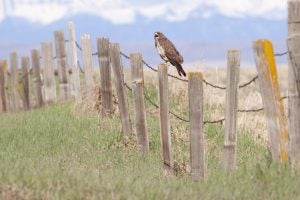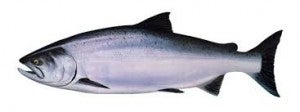New research from Environmental Defense Fund, “Agriculture Technology Discovery Report,” provides a high-level overview of how four technology fields — artificial intelligence (AI), robotics and automation, biologicals and genetics — can be valuable tools in agricultural operations and contribute to four agroecological goals: reducing water use, supporting soil and plant health, controlling pests and diseases, and reducing agricultural greenhouse gas emissions.
This multidimensional lens is uncommon. Industry reports often focus on maximizing yield, and not the entire agroecological picture. Yet, using technology as a vehicle to drive both yield and ecological benefits is essential as society works to increase food production in a changing climate without increasing environmental impacts.
Here are several intersections between technology and agroecology that EDF will be exploring further. Read More












